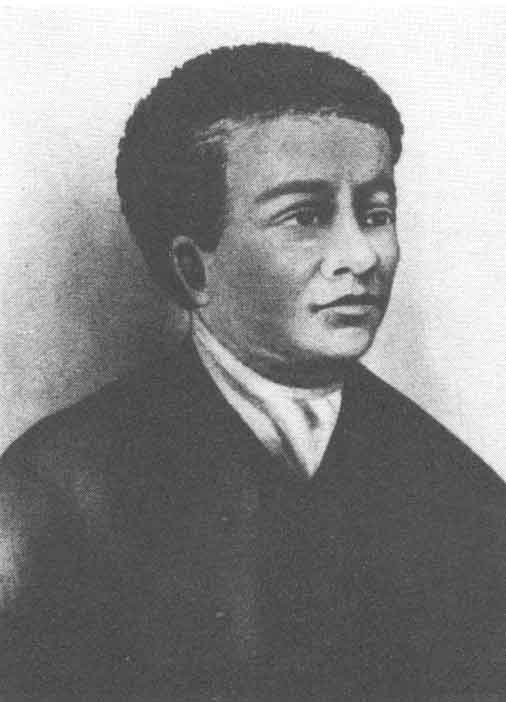Last week, we used a familiar tool to introduce
benchmark angles.
Like benchmark numbers and benchmark fractions, benchmark angles are easy to visualize and useful in helping us figure out the measurements for other angles.
If we know that a right angle measures 90 degrees, then we can figure out measurements for all of these polygons' angles.
We found out that if we fill the space inside a right angle with the white rhombus' acute angle, it takes 3 to do so. Since we know a right angle is 90 degrees, and all three parts are the same size, we can figure out the missing angles using addition:
90 degrees = _____ degrees + _____ degrees + _____ degrees
90 = 30 + 30 + 30
The white rhombus' acute angle is 30 degrees.
For each pattern block, we "solved mysteries", using what we knew and addition (sometimes subtraction) to figure out each angle's measurement. We represented our solutions with equations.
Is it convenient to carry around pattern blocks whenever you need to measure an angle? What if the angle you're trying to measure cannot be made by the sum of benchmark angles or the angles of pattern blocks?
You'll need a different tool:
A
protractor is a tool used to measure angles. Check out this
Study Jam to review how to use one! We'll be practicing measuring angles with protractors this week in class and next week for home learning.
Still unsure how to measure angles using a protractor?













